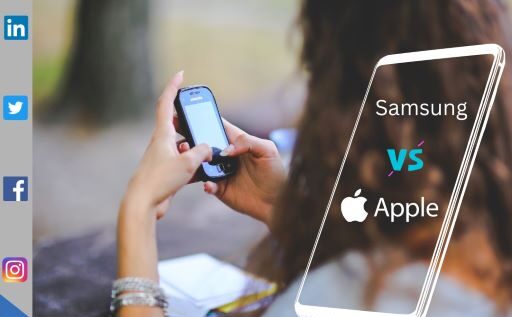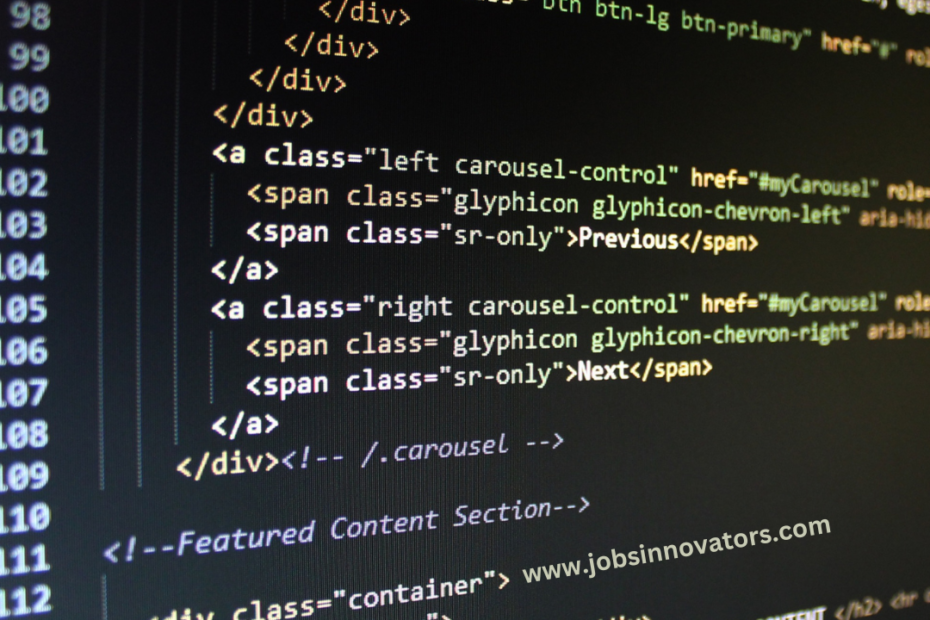How chatgpt is changing the businesses?
Computer-based intelligence is bringing organizations into domains once thought saved exclusively for human administrators. Progressions in mechanical technology and computerized reasoning (man-made intelligence) may bring about a civilization where people and machines reside as one.… How chatgpt is changing the businesses?









